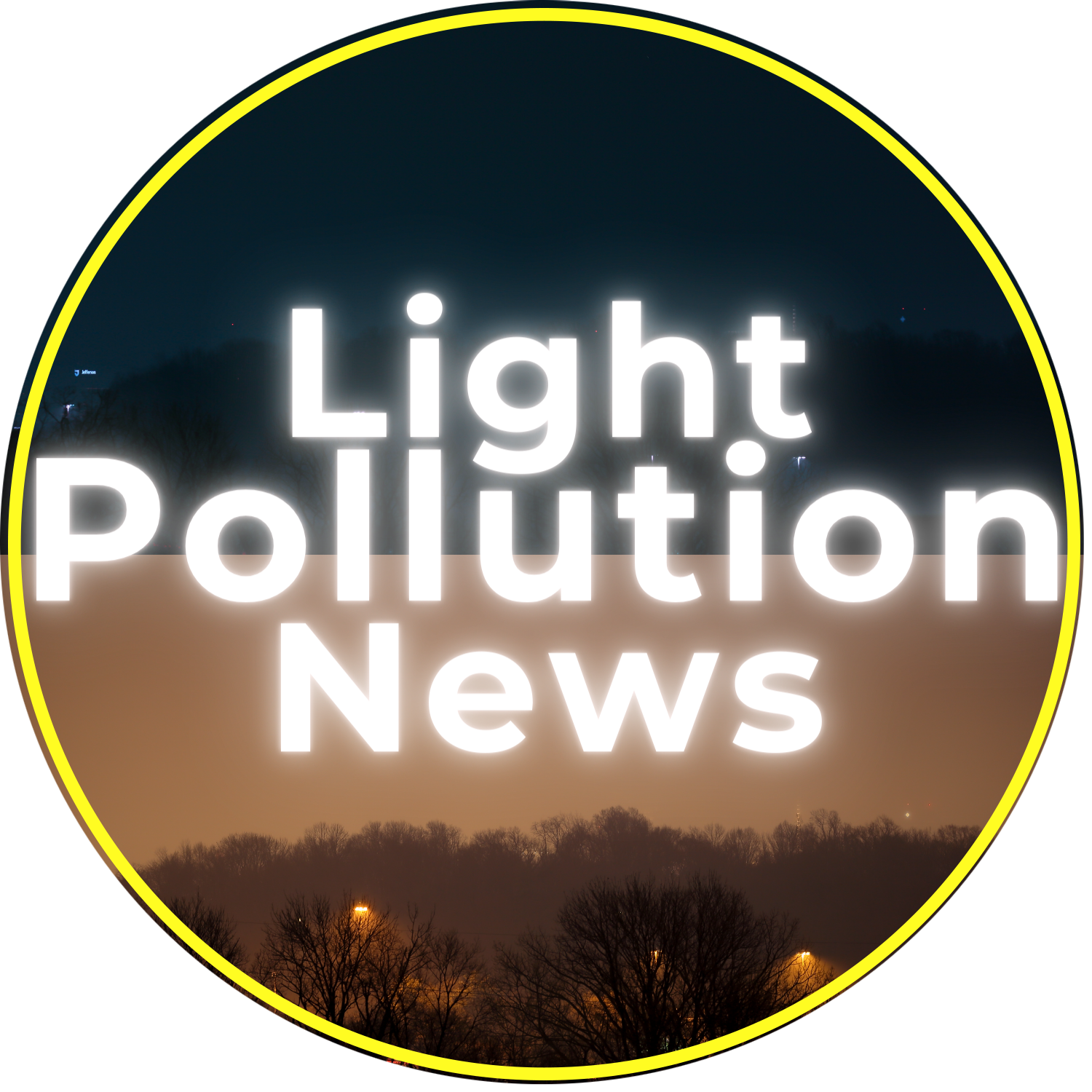
October 2025: Barely Tapped!, Light Pollution News
Join our mailing list. Follow us at LinkedIn, Instagram, Facebook, & Tiktok.
This Episode:
This is going to be a good one! You won’t want to miss it!
On this episode, why doesn’t religion embrace the night sky? And is astrourism at its highest peak? We cover some health and ecology articles this episode – along with listener feedback!
I welcome back to the show, astronomer James Lowenthal, the host of the Night Sky Tourist podcast, Vicky Derksen, and lawyer/researcher, Yana Yakushina!
This is a fun one! Let’s kick it off!
Like What You See and Hear? Consider Supporting the Show.
A hearty thank you to all of our paid supporters out there. You make this show possible.
For only the cost of one coffee each month, you can help us continue to grow. That’s $3 a month. If you like what we’re doing, if you think this adds value in any way, why not say thank you by becoming a supporter!
Why Support Light Pollution News?
- Receive quarterly invites to join as a live audience member for recordings with special Q&A sessions post recording with guests.
- Receive all of the news for that month via a special Supporter monthly mailer.
- The satisfaction that your support helps further critical discourse on this topic.
Support Light Pollution News!
Host:
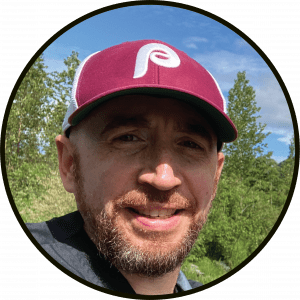
Guests:
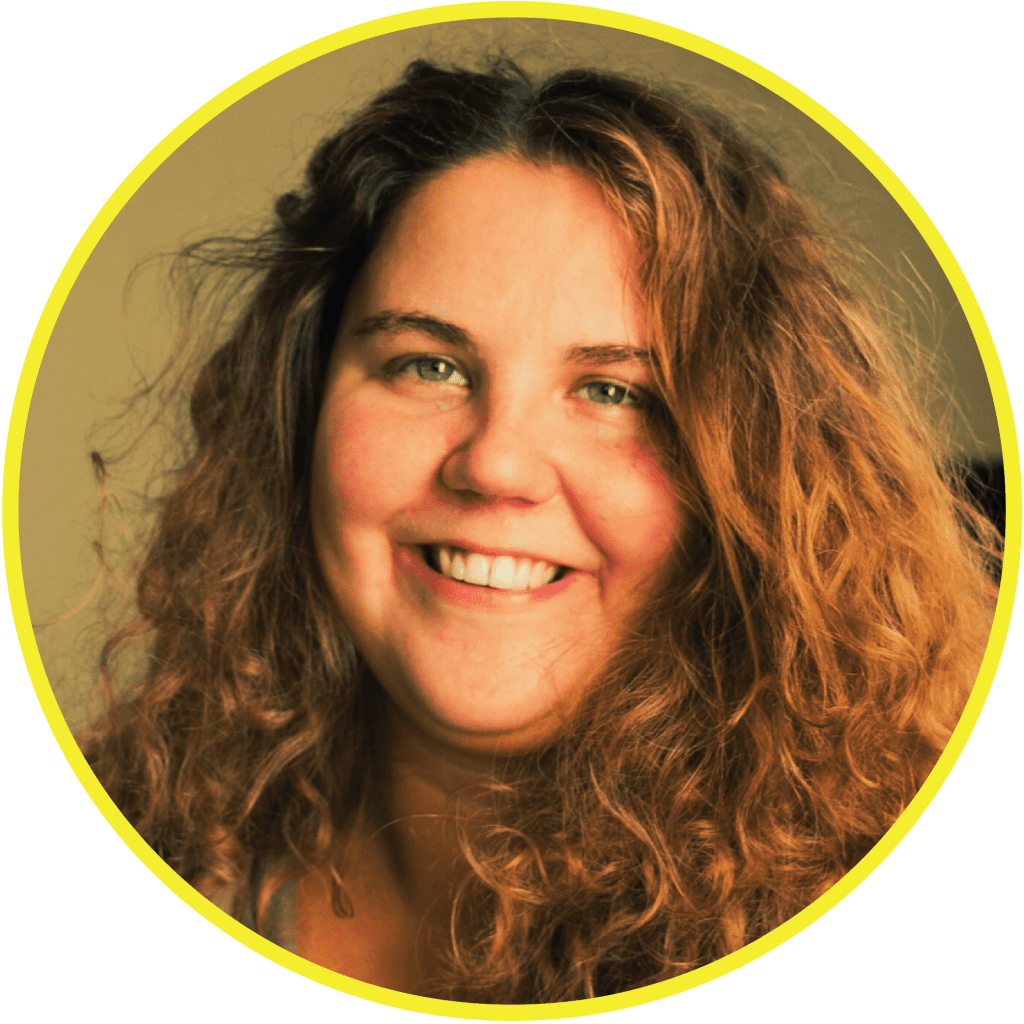
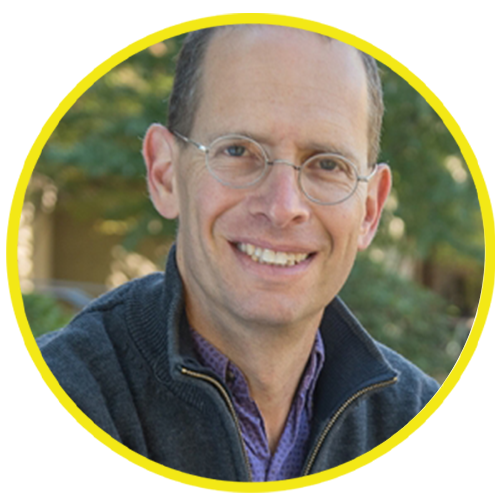
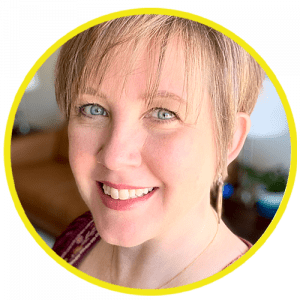
Yana Yakushina
Yana Yakushina is a lawyer, researcher, and dark sky protection educator. Yakushina is actively involved in initiatives related to light pollution mitigation and space law. Yakushina has successfully participated in international legal research projects, collaborating with organizations such as the EU Commission, Dark-Sky International, and the International Astronomical Union, among others.
Currently pursuing a PhD at the University of Ghent (Belgium) as part of the Horizon EU project – PLAN-B, Yakushina is shaping the legal framework for recognizing light pollution as a critical environmental concern. Yakushina also serves as one of the scientific coordinators of the project with the main task of strengthening efforts to establish a robust legal framework for addressing the negative effects of Artificial Light at Night (ALAN) on the environment and biodiversity.
On the space law front, Yakushina serves as the Deputy Executive Director at the Space Court Foundation Inc. Additionally, in 2023, Yakushina became a co-founder of the Belgian dark sky protection organization – Living Night.
James Lowenthal
James Lowenthal is the Mary Elizabeth Moses Professor of Astronomy at Smith College in Northampton, Massachusetts, USA. He received his BS in Physics and Astronomy from Yale and his PhD in Astronomy from the University of Arizona. He studies the formation and evolution of galaxies, especially actively star-forming galaxies. He leads the local advocacy group Northampton City Lights; is the Massachusetts Chapter Leader for DarkSky; chairs the Light Pollution Sub-Committee of the American Astronomical Society Committee for the Protection of Astronomy and the Space Environment; and is President of the International Astronomical Union’s Commission on Site Protection (i.e., light pollution). He spends as much time as he can outside under the stars.
Vicky Derksen
Vicky Derksen hosts the Night Sky Tourist podcast and owns a stargazing business in Fountain Hills, Arizona, an International Dark Sky Community. She’s an Advocate with DarkSky International, past president of the Fountain Hills Dark Sky Association, and board member of the International Dark Sky Discovery Center. She’s writing a book about night sky experiences on Highway 89 from Mexico to Canada. You can find her podcast and blog at NightSkyTourist.com. Follow her on Facebook and Instagram at Night Sky Tourist.
Full Article List:
- Dark Sky Festival, Sequoia Parks Conservancy.
- The Evolutionary Code of Sleep, Sam Goldstein Ph.D., Psychology Today.
- Randomised trial reveals a mismatch between preferences for and hormonal responses to anthropogenic light colour temperatures, PLOS One.
- Dual associations of post-sleep and pre-wake light-at-night (LAN) exposure with myopia in children and adolescents, Environmental Research.
- Around the world, birds sing longer in light-polluted areas, Jake Buehler, Science News.
- Light pollution prolongs avian activity, Science.
- Light Wavelength Modulates the Effects of Lighted Nights on Sleep, Metabolism and Oxidative Stress in Female Zebra Finches, Journal of Experimental Zoology Part A: Ecological and Integrative Physiology.
- A narrative review of the impact of anthropogenic light and noise on owls, Ibis.
- Population variation in physiological and behavioural responses to artificial light at night, Animal Behaviour.
- The Great New Zealand Road Trip: ‘You New Zealanders take your stars for granted’ – the striking words of a tourist that helped turn this Kiwi region dark, Shayne Currie, The New Zealand Herald.
- Reviving Ngāi Tahu star lore through astrotourism in Takapō, Te Rina Kowhai, Te Ao Maori News.
- Exploring Saskatchewan Based on Your Favourite Chappell Roan Song, Tourism Saskatchewan.
- This Chappell Roan song boosted interest in a Canadian dark sky preserve by 1,800%, Elizabeth Howell, Space.com.
- Astrotourism on the rise over Bay of Fundy, Emily Brass, CBC.
- Inside New Brunswick’s ambitious plan for the world’s densest dark-sky corridor, Jamie Carter, Space.com.
Light Pollution News: October Highlights
Health and Light Pollution Research
Human Health Impact
- Myopia Study: Research on 872 children (ages 6-14) found that sleeping environments with artificial light increased myopia risk, particularly affecting girls and those with healthy lifestyles
- Street Lighting Preferences: A Study of 76 participants under different color temperatures (2700K, 4000K, 6500K) showed a strong preference for warm 2700K lighting, though cooler 6500K lighting reduced stress hormones despite feeling less comfortable
Wildlife and Ecology Impact
Bird Species Research (583 species studied):
- Light pollution extended daily bird activity by 50 minutes
- Most affected: large-eyed species, open-nest birds, migratory species during breeding
- Brightest areas added 32 evening minutes, 18 morning minutes of activity
- Data sourced from BirdWeather citizen science project
Zebra Finch Studies:
- Dim nighttime lighting (5 lux) disrupted sleep quality
- Blue (460nm) and broadband (400-700nm) lighting caused weight gain and metabolic issues
- Birds experienced more frequent night wakings and earlier morning activity
Owl Population Analysis:
- Review of 39 studies (1945-present) covering 25 US owl species
- Mixed impacts: insect-eating owls may benefit, rodent-hunting owls suffer
- Reduced breeding success and population density in lit environments
- Combined light and noise pollution causes health stress
Cricket Adaptation Research:
- Australian field crickets studied across urban, semi-rural, and rural environments
- Urban crickets adapted to 24/7 lighting but experienced shorter lifespans
- Males showed reduced body condition under artificial light
- Females are less interested in mating under artificial lighting
Astrotourism Developments
Saskatchewan Tourism Boost
Chappell Roan’s songs “The Subway” and “Red Wine Supernova” sparked tourism interest in Saskatchewan’s Cypress Hills Interprovincial Park (Dark Sky Preserve) and Cypress Hills Winery.
New Brunswick Dark Sky Corridor
Stephane Picard proposes connecting six parks across 112 miles to create a dark sky corridor, potentially generating $40M in economic activity (based on recent solar eclipse impact). The project requires input from 5,300 local residents.
England’s Mobile Dark Sky Education
Richard Darn’s traveling astronomy program in Howardian Hills National Landscape reaches 400+ residents, using Stellarium planetarium software and converting 60 exterior lights to dark sky compliance across 12 projects.
New Zealand’s Dark Sky Project
Historical Development:
- 2004: Nagoya University installed 1.8M MOA telescope for micro-lensing observations
- Partnership between Hide Ozawa and Graeme Murray (Air Safaris) created Earth & Sky tours
- 2012: Mackenzie Basin achieved Gold Dark Sky Reserve status
- Partnership with Ngai Tuhu Tourism group formed the current Dark Sky Project
Current Operations:
- Museum focusing on regional science and Māori cultural heritage
- Guided tours ($25-$100 USD)
- Houses historic 18″ Brashear Telescope from the University of Pennsylvania’s Flower Observatory
- The telescope previously used by Percival Lowell for Mars observations
- The observatory celebrated its 20th anniversary in June
Scientific Background
Nocturnal Bottleneck Hypothesis
Theory suggesting mammals evolved nocturnal behavior due to dinosaur competition, influencing modern circadian rhythms and melatonin regulation.
Maori Astronomical Heritage
Pleiades asterism marks the Māori New Year, with stars serving as a cultural knowledge repository across New Zealand’s South Island.
Light Pollution News: October Read Along
Vicky, my wife and I recently returned from a great trip to Sequoia and Kings Canyon National Parks. To our surprise, there was a Dark Sky Festival going on there! Unfortunately, the timing didn’t work out for us to see the bulk of the festivities, as we were headed into the backcountry – but the festival was everywhere in the park and even included things like ‘constellation yoga’ – [let me read from this nicely bound program they even made! – “Flow through the myth of Perseus as told by the constellations, bringing the ancient story to life on your yoga mat!” They had a keynote speaker from Kelly Lepo on the James Webb Telescope, and hosted 35 separate events in all, ranging from visual observing to Native American heritage to discussions on artificial light at night.
…And, let me share these on screen! For you listening at home, I’ll be sure to have these hit our social media feeds…They even had two beers for the event! One, officially sanctioned, and another, for maybe a concurrent event going on up in Yosemite, I’m guessing! Being someone who has former ties to the craft beer industry – I couldn’t pass these up!
Let’s set aside astrotourism news for the moment. I wanted to do a run through ecology and health items.
Were you aware that mammals may have started out as nocturnal animals due to competition with their nonflying dinosaur overlords? This idea, called the nocturnal bottleneck hypothesis, has been around since the 40s and appears not to be absolute in either direction but rather serves as a loose guide post to the circadian mechanics we see today, including how our body regulates melatonin.
This rolls in nicely to our first health piece this episode. It comes to us from Environmental Research, where a study looked at whether light at night affected myopia in children and adolescents. They took a sample of 872 children aged 6-14 years old. Researchers found that when exposed to light in a sleeping environment, there was a greater risk of myopia than in a dimly lit environment; conversely, when exposed to dim light before waking up, there was a greater risk of myopia than when exposed to bright light before waking up. The association appeared to favor girls (of which there was a 50/50 split in the sample size) and was more noticeable in those who supposedly engaged in a ‘healthy lifestyle.’
One thing is certain, regardless of our shared past, there appears to be a preference for warm street lighting in many parts of the world. In a study from PLOS One, researchers looked at a small sample of folks – 76 people, and studied them as they sat for 20 minutes under different colored street lights. Now, admittedly, this isn’t a very robust study we’re talking about, but it did return one surprising result.
The lights used implemented the following color temperatures: 2700K, 4000K, and 6500K. Researchers found that color temperature had no effect on feelings of safety and that individuals strongly preferred the 2700K lighting. However, apparently, the 6500K lighting actually reduced stress hormones than the warmer 4000K and 2700K lighting, signaling a potential mismatch between how the brain felt and how the body felt.
On the ecology front, I’m sure you’ve heard this news – it’s that after looking at the behavior of 583 bird species, researchers found that light pollution extended the daily activity for birds by 50 minutes. The most impacted were the species that either possessed larger eyes, open nests, migratory habits, and those experiencing breeding season. This probably isn’t a shocker as it confirms prior studies in this regard that artificial light at night may extend the activity level of birds, sometimes at the expense of their cognitive abilities and habitat hatching success.
The team relied on data from a citizen science project called ‘BirdWeather.’ Birds in the brightest areas added 32 minutes of activity to their evenings and 18 minutes of activity to their mornings.
There was also a more targeted study of zebra finches that found dim nighttime lighting to affect bird sleep quality, namely, birds woke up more often through the night and earlier in the morning.
The study also looked at how specific wavelengths of light affected the finches. It looked at broadband wavelengths between 400-700nm; a red wavelength at 620 nm, and a blue wavelength at 460nm. All light was set to 5 lux, or the equivalent of faint moonlight, or a shadow casting amount of light from a distant street light.
The blue and broadband lighting influenced birds to gain weight through increased foraging and affected their metabolic ability to properly process sugars.
In a study out of the International Journal of Avian Science, researchers performed a review of 39 studies from 1945 onward to identify how artificial light at night and noise affected owls. All up, the studies barely put a dent in studying owls, only looking at 25 US based owl species out of an estimated 250 species worldwide.
As is expected, with regard to artificial light at night, owls experienced a mixed bag of impacts. Owls typically remained quieter or were found in lower densities in lit environments. It’s surmised by the researchers that light may benefit insect eating owls but be a detriment to rodent hunting owls. When taken together with noise pollution, owls tend to experience lower breeding success and population reductions in affected areas. In addition, both pollutants may impair the owl’s health by stressing the owl, as has been seen in certain song bird species. More research is needed.
And we’ll close up ecology with a research on one of my favorite summertime noise makers, that being crickets. In this case, the Australian field cricket was looked at in three different environments: urban, semi-rural, and rural, progressing from bright to dark nights, respectively.
The study found that the urban crickets had become quite adapted to their new 24/7 daylight environments. Crickets living in Melbourne took the slowest amount of time to develop and tended to be larger than the other two sets. They appeared to have consistent behavior regardless of whether in a light or dark environment. However, all crickets studied experienced shorter life spans under artificial light, regardless of where they lived. Male crickets had it rougher, scoring lower in a body condition measure when exposed to artificial light, regardless of where they lived. But females were less interested in finding a mate under artificial light at night. The study used 10 lux in the artificial light experiment and .01 lux as a control night condition.
Now, onto the fun stuff. Vicky, I love when there’s some good astro- or noctourism in the news. In this episode, we do have a few.
Chappell Roan apparently has boosted interest in Saskatchewan! So much so that the province’s tourism association even put together a guide for prospective folks curious about making the song inspired pilgrimage.
Roan recently dropped a number three Billboard-ranked song called ‘The Subway’ which included the line ‘f— this city, I’m moving to Saskatchewan.’ To which she previously released the song ‘Red Wine Supernova.’ All of this comes together for a special promotion of the Cypress Hills Interprovincial Park, a Dark Sky Preserve, and the Cypress Hills Winery.
In other astrotourism news, this one I held over for you, Vicky – folks up in our newly declared 51st State of Canada certainly have fancy plans, and hopefully fancy pants to match. Over in New Brunswick, a man named Stephane Picard is looking to build the ultimate dark sky experience – a dark sky corridor linking six parks together – a collection of provincial, national, and municipal parks. The goal is to preserve the Bortle 2 communities and boost tourism to the area. The total mileage covered would be up to 112 miles.
Per Elaine Shanon, the president of the St. Martins and District Chamber of Commerce, “Instead of tourists just coming out for the day, going to the beach, having a bite to eat, and going back to the city. By them staying overnight and the extra meals that they would have, and the astrotourism activities – all the businesses were leaning in…”
Picard noted that this additional measure of tourism could be impactful, mentioning $40M in economic activity pertaining to the recent solar eclipse and now a spike due to the aurora borealis. The proposal will need to gather public input from the 5300 folks living there before anything can be improved.
How about this. Why go anywhere when the traveling roadshow will come and visit you! Around the Howardian Hills National Landscape zone of England, dark sky activist Richard Darn shows people what they could be missing. When the show comes to town, expect a multicultural look at the constellations. Darn utilizes aids such as the free planetarium software, Stellarium, to help illustrate the night sky. They provide warm drinks and are able to boast an impact on over 400 folks in an area consisting of only a couple of thousand residents.
The team uses this outreach to show how poorly angled and utilized lighting impacts the nighttime ecosystem. Darn notes that “nearly 50% of respondents” to feedback forms recognized a sustained sky brightening in their areas. Darn and his team are working to convert around 60 exterior lights to dark sky compliant (as part of 12 different ongoing projects).
Let’s end with this one.
You, the listener, if you’ve been listening for a while, are undoubtedly aware of the Maori New Year asterism – that being what we here in the States would call the Pleiades. There doesn’t seem to be a culture more fervent on preserving their night heritage than the Maori. The nighttime, though, did more than just signal seasonal changes and the new year. The stars operated as an ancient hard drive for Maori knowledge and heritage as they crossed through the South Island of New Zealand.
Well, way back in 2004, Nagoya University in Japan teamed up with multiple universities in New Zealand to install a 1.8M micro-lensing observational telescope. Not familiar with what that guy does – neither was I! The MOA (micro-lensing observations in astrophysics) looks for planets and dark matter.
At the same time, travel agent and tourist, Hide Ozawa happened to be hanging around the area. He connected with businessman Graeme Murray, who already operated an air tourism business named Air Safaris. Recognizing the uniqueness of the pristine skies at Mackenzie Basin, they teamed up to gain approval for tours at the observatory under the company name ‘Earth & Sky.’
By 2012, the region gained a gold status Dark Sky Reserve, and a handful of years later, the Ngai Tuhu Tourism group partnered up with Earth & Sky to create what we know today as the ‘Dark Sky Project.’ The project does more than just show people the impressive southern sky – it retells those details locked away up in the night sky to individuals who are willing to listen.
The facility houses a museum focusing on the science and culture of the region. They run guided tours for around $25 – $100 USD…and seeing as the seasons down under are flipped, it’s just started as of the airing of this show.
I want to finish with this last piece here, the facility houses an 18” Brashear Telescope that was originally part of the University of Pennsylvania’s Flower Observatory out of Lansdowne, PA. Percival Lowell used this scope to observe sunlight reflecting off of Martian icecaps. The scope eventually made its way to the University of Canterbury, which then gifted it to a rehab team, and it now stands as a relic of the bygone golden age of visual astronomy.
The observatory turned 20 this past June, one year after Hide and Graeme’s initial astrotourism collaboration started.
